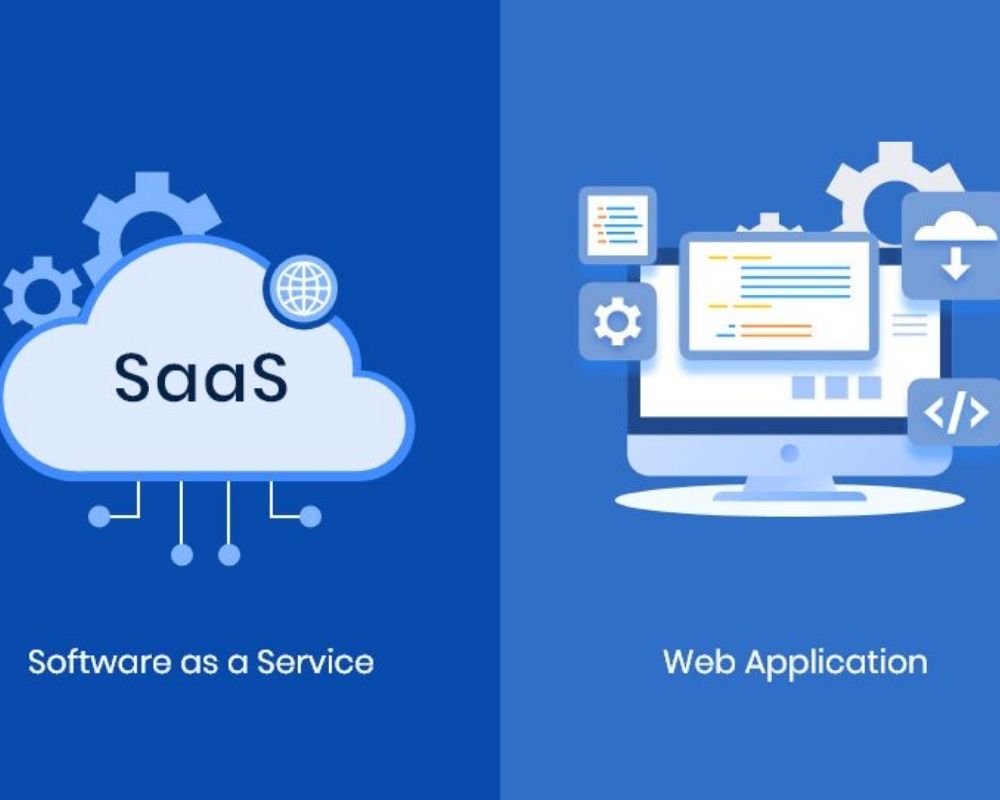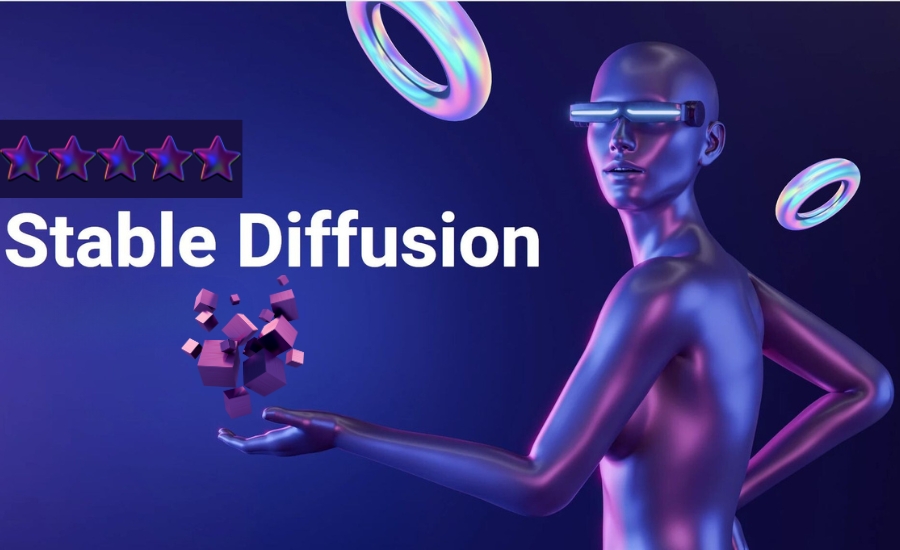AI image recognition technology expands in various sectors including security, manufacturing, and more. So many businesses are planning to build one for their system, but they do not know where to start? This article will explain from the basic things of ai image recognition to the real applications.
1. What is AI image recognition technology?

AI Image recognition – Source: ADT group
AI image recognition or Artificial intelligence Image recognition is a kind of pattern recognition technology that expresses the major number of machine or computers-relied ocular tasks including characterizing image content along with meta tags, and conducting the searching task of the content of images (colors, shapes,..), accompanying robot automatically, autonomous cars, or even collision avoidance systems.
To humans and animals that can realize the targets easily, but computers must conduct that duty difficulty. To be exact, the programs of AI image recognition need machine learning, or deep learning to work. The image recognition algorithms can apply by using the comparable 3D models, and it appears from various corners applying edge detection or gradients.
For example, in a photo, a human’s face is realized based on the characters that are eyebrows, eyes, a nose, a mouth. The AI image recognition technology is found in smartphones, cameras at present.
For computers, AI image regconition is a little hard because objects’ images consist of many edges, sizes, and brightness that make computers must add the image processing according to steps:
- Get rid of image noise
- Revising color of images, and upgrading contouring objects.
From the above process, computers are going to understand the image database including image data and label so that it can recognize objects.
AI image recognition is also applied for:
- Smart photo library
- Targeted advertising
- The interaction of media
Furthermore, in recent years, the majority of technological companies including Google, Facebook, Microsoft, and Apple have invested and developed within AI image recognition and others. However, the wave of controversy about AI image recognition has risen because users’ data can be stolen when they post their photos on social media like Facebook, Twitter, Instagram,…
2. Emergence of AI image recognition

Source: savycom
In the year 2012, a large-scale conference of image recognition was held by ILSVRC, which attracted a lot of attendees. At the event, the surprise from a team that was on behalf of the University of Toronto, they got successful in lowering the error rate by about 10% of image recognition. From that success, AI image recognition has emerged with the wide use in the world today.
Moreover, deep learning has been developed to program “unstructured data” including pictures, videos, sentences that couldn’t be in the past as unstructured data was undefined.
To put it simply, I will explain more. Taking image recognition of flowers as an example, engineers must identify the detailed images of objects (flowers) namely petal, shape, leave colour, this is considered as a normal system. But when using deep learning, it can learn an array of image data, and automatically recognize kinds of flowers.
For unstructured data, it helps to solve the tasks automatically that just can be evaluated by human eyes. In addition, AI image recognition is also applying in various industries such as medicine, or manufacturing.
3. Image recognition mechanism
This part involves artificial intelligence image processing, and I will give you a helping hand to explain that process basically.
But we must understand photos at first, photo is a collection of small pixels, and there are many images including:
- Digital image
- Raster image
- Vector image
We can imagine that it looks like our action in cooking, we will process to cut the vegetables into pieces for cooking.
To make it more clear, you can zoom the picture on the screen with a bigger rate, and you will see the small squares called pixels. Or we can see resolution of TV, digital cameras which aggregate from millions of pixels, when images have more pixels, it will be more clear.
The process of AI image recognition following:
- Firstly, we must process images that make images easy for computers, machines that can recognize. The process involves removing image noise, distortion of images, handling brightness, colour, creating the object lines, and cutting images from the surrounding background.
- Informational extraction is the next step in the process, pixels contain many elements including brightness, colour, and we must check these gradients to help computers, and machines to recognize the reflection in images.
- Detailed object recognition will be the final step, you must input images that you want them to learn based on the label and a large amount of image data, then it can identify what those images have.
4. Image recognition technology application examples
4.1. Using Microsoft’s AI image recognition software to create sentence

Microsoft AI image recognition – Source: Analytic insight
Microsoft allows users who can apply the AI image recognition software for free, which they have defined as “computer vision API”.
The main function of this is to provide users that can create sentences by analyzing images. Specifically, when an image of flowers is analyzed, it will calculate the probability that the image is just a flower along with the word “flower”. However, if using computer vision API analyzes a flower image, a sentence like “a yellow flower with green leaves” is created with ease.
Therefore, this is useful for you to program because it can automatically analyze and give titles.
Unfortunately, this program don’t support for Japanese yet, and we expect this will do it in the near future for you to make use of AI image recognition more in creating new products.
4.2. Experience AI image recognition in manufacturing industry

AI Image recognition in manufacturing – Source: Emerj
The AI image recognition is appearing in the manufacturing field, and drawing attention recently.
By installing supervisory cameras and sensor on-site, we can collect information in real time, and analyze it, then predict base on that in order to improve operational efficiency. Specifically, AI image recognition is used for:
- Automatic monitoring of work process:
You have to install a supervisory camera in the factory, and then take a specified picture of the working process. By letting AI technology read the captured photos, it can learn working recognition properly in the factory.
And then activating the surveillance camera so that it learns this process. After that when employees make mistakes in the working procedure, the warning light will signal for employers who can manage that fault. So, AI image recognition is a tool to help enhance significant productivity of the manufacturing process.
- Reduce inspection fee:
In manufacturing, products’ quality will be inspected by employees, and it’s up to the experience and health of those employees. In this case, if you apply AI image recognition, you can inspect error products based on the proper conditions of products, and from that you can reduce the inspection cost as the fee for inspectors is lowered.
- Ensure the safe working environment:
When applying AI image recognition into cameras, factories can prevent unexpected entry in important areas such as dangerous zones, or limit accidents.
Although AI image recognition brings many advantages to life, and business, it still gets some mistakes in some cases. Which means that AI image recognition is not perfect at all so that you don’t get much surprised if you apply it in your system.
All above, we give you the basic things of AI image recognition, it is useful for us to enhance many aspects in life, and businesses. BAP is also proud when we help many partners to apply AI image recognition in products like Smart Fashion, and more technologies including Blockchain, Big data, Web service. Let’s contact us if you want to discuss.











![[For Beginners] What is Salesforce?](https://cdn.bap-software.net/2019/09/salesforce.jpg)
